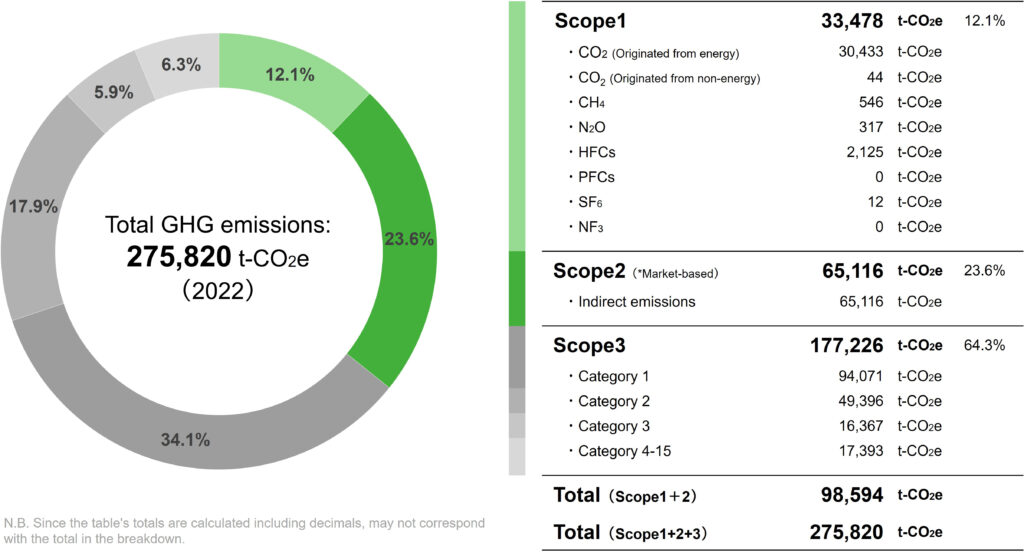Reports and Data
GHG Inventory
In October 2024, Hokkaido University established the “Hokkaido University GHG Inventory”. This inventory presents comprehensive data on the University’s greenhouse gas (GHG) emissions, aiming to accurately assess the current status of emissions.
In developing this report, we have referred to international standards such as the GHG Protocol*1, which serves as a global benchmark for the calculation and reporting of GHG emissions. University’s emissions are calculated for all of our university’s facilities based on the categories — Scope 1, Scope 2, and Scope 3*2, and include all seven GHGs specified by international agreements and national policies: CO₂, CH₄, N₂O, HFCs, PFCs, SF₆, and NF₃.
Going forward, we will periodically analyze the emission trends, evaluate and verify our climate actions, and publicly disclose the findings through updated GHG inventory.

Hokkaido University GHG Inventory 2022 -Summary-(English ver.)(pdf:0.7MB)
Hokkaido University GHG Inventory 2022 -Full version-(Revised:May 2025)(Japanese ver. Only)(pdf:3.1MB)
Hokkaido University GHG Inventory 2022 -Explanation video-(Japanese ver. Only)(about 20 min.)
(Notes)
※1GHG protocol
The Greenhouse Gas Protocol Initiative is a multi-stakeholder partnership of businesses, NGOs, governments, and others convened by the World Resources Institute (WRI), a U.S.-based environmental NGO, and the World Business Council for Sustainable Development (WBCSD), the Initiative’s mission is to develop internationally accepted greenhouse gas (GHG) accounting and reporting standards for business and to promote their widespread adoption.
※2Scope1・2・3
According to the GHG Protocol, GHG emissions are classified into the following three scopes:
- Scope1 (Direct GHG Emissions):
Emissions originating from sources that are owned or controlled by the company—for example, emissions resulting from fuel combustion or chemical production processes. - Scope2 (Indirect GHG Emissions):
Emissions resulting from the generation of purchased electricity, heat, and steam that are consumed in equipment or operations owned or controlled by the company. - Scope3(Other indirect GHG Emissions):
Indirect emissions other than Scope 1 and Scope 2, resulting from activities of other organizations but related to the company’s own business operations.
